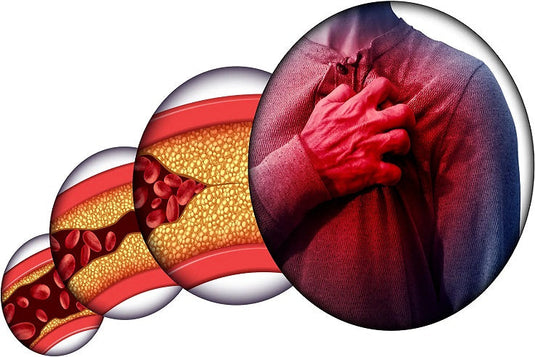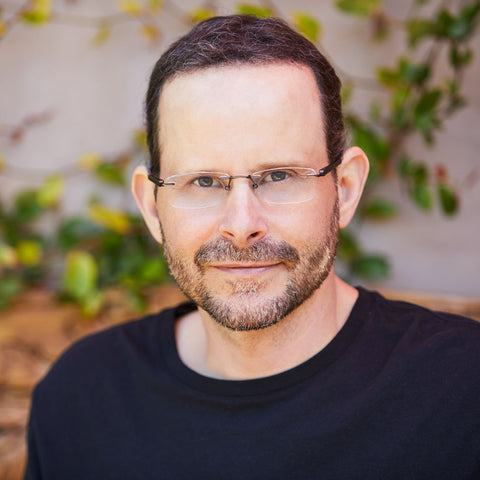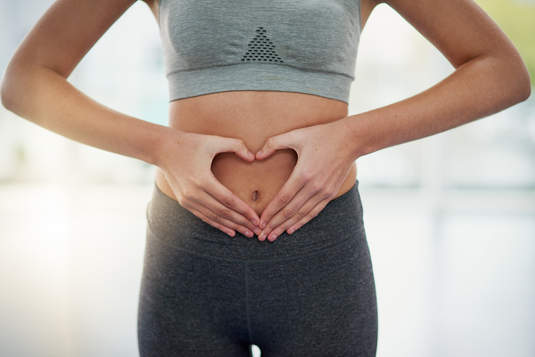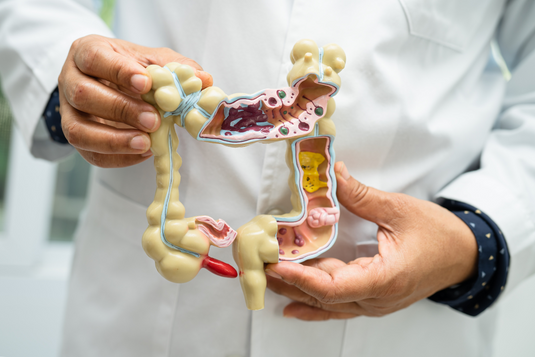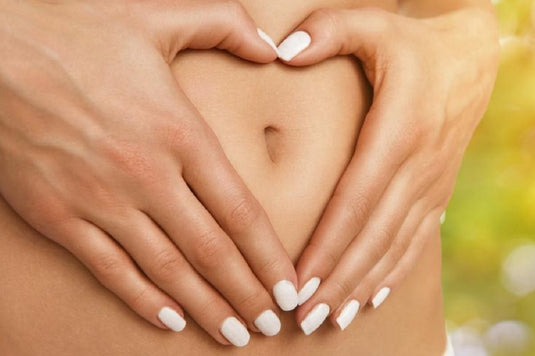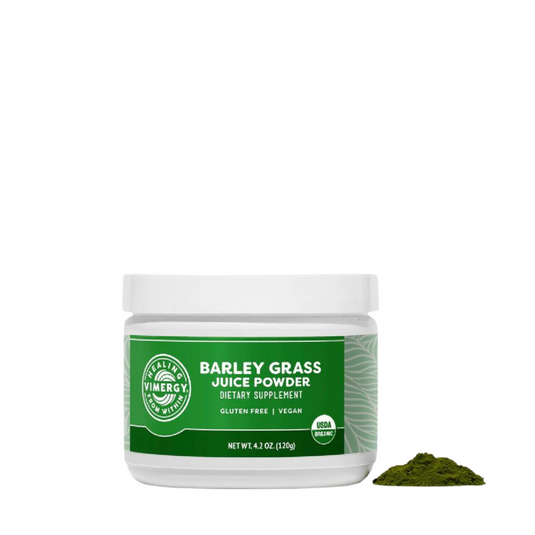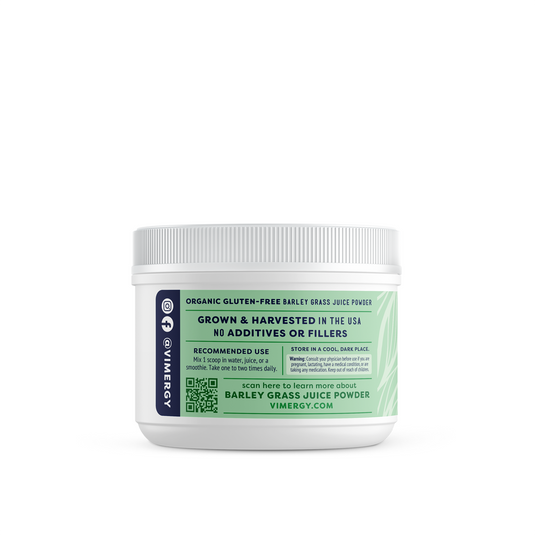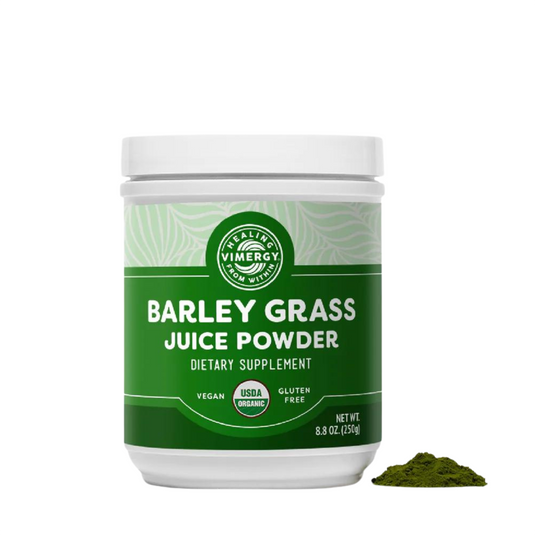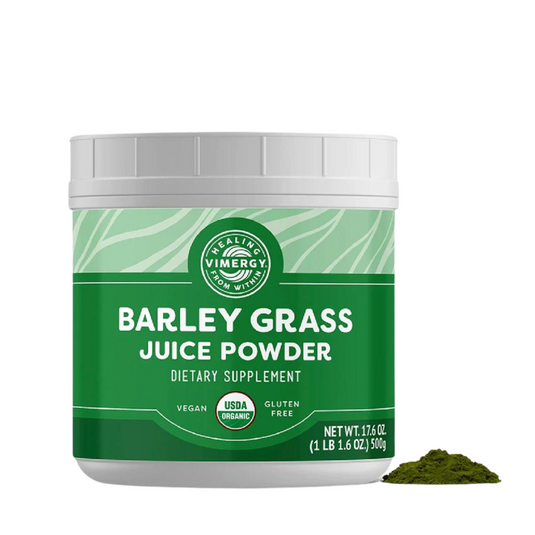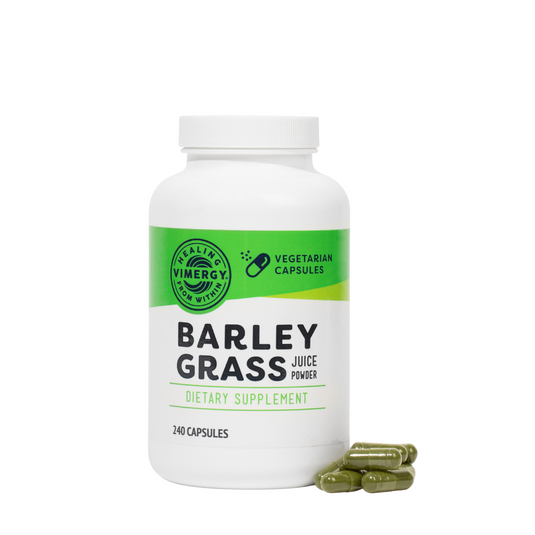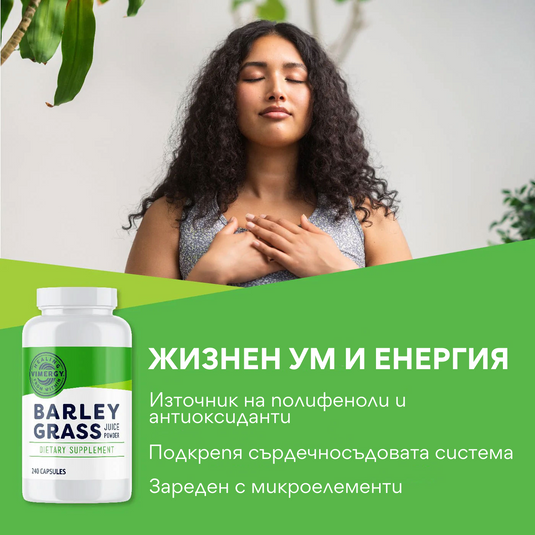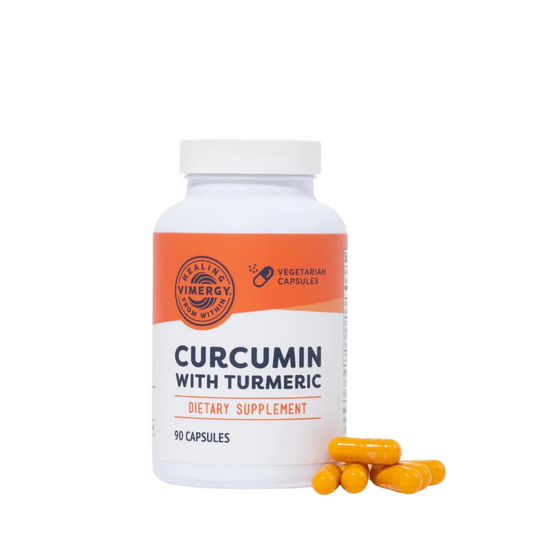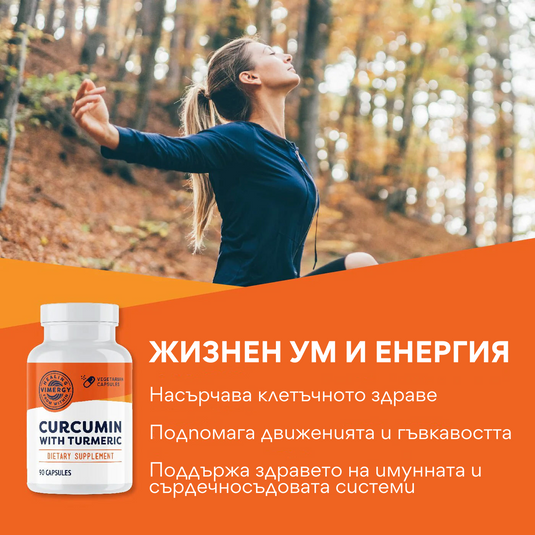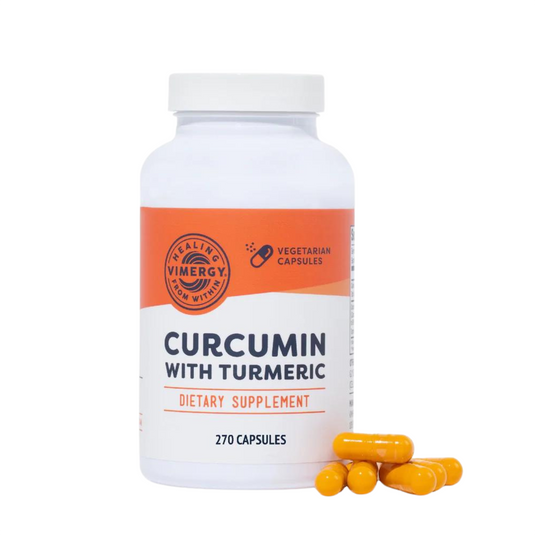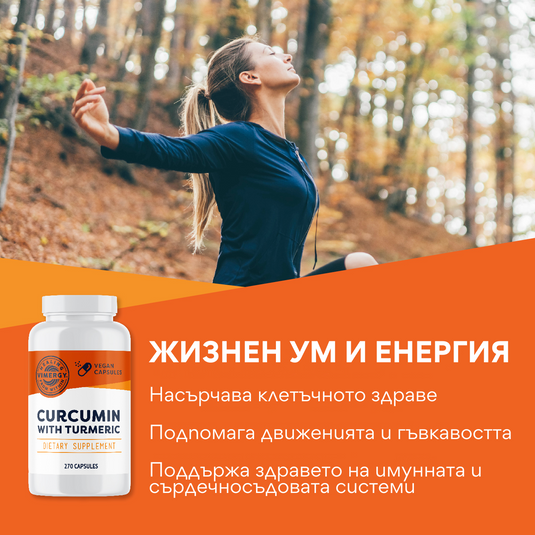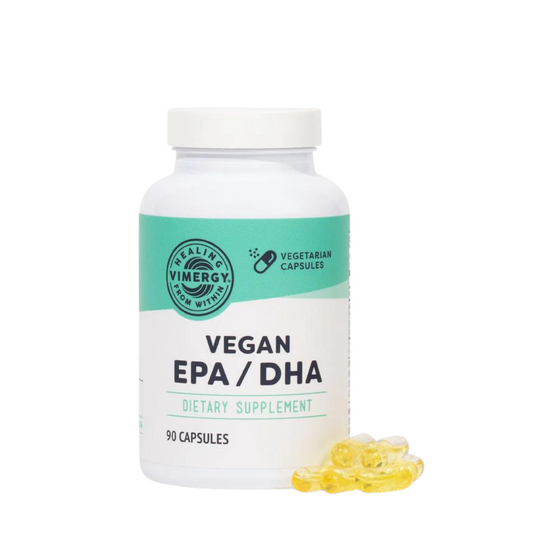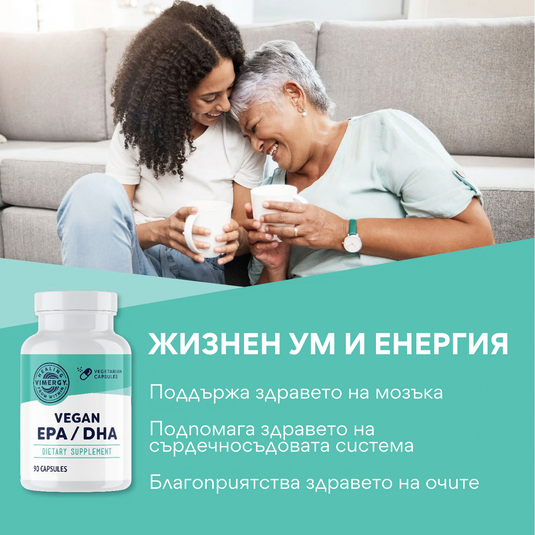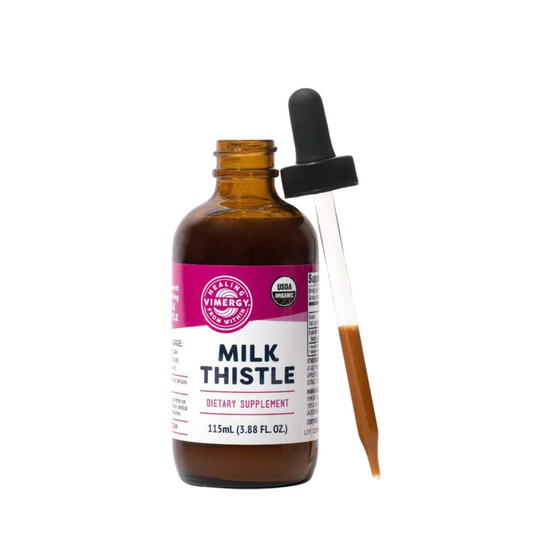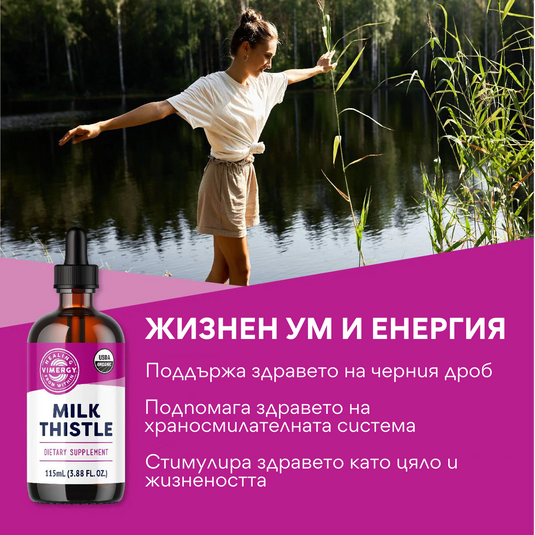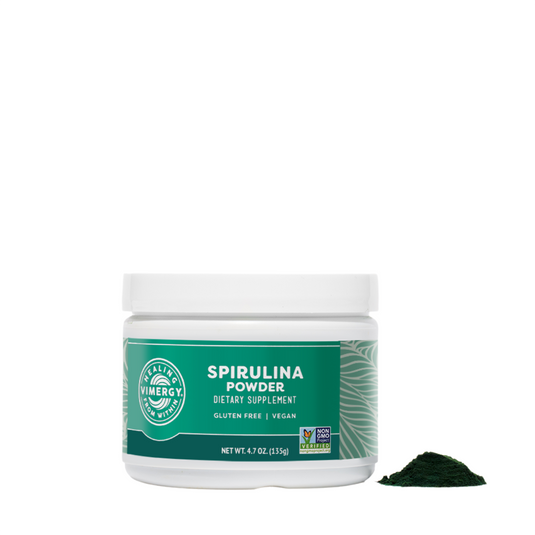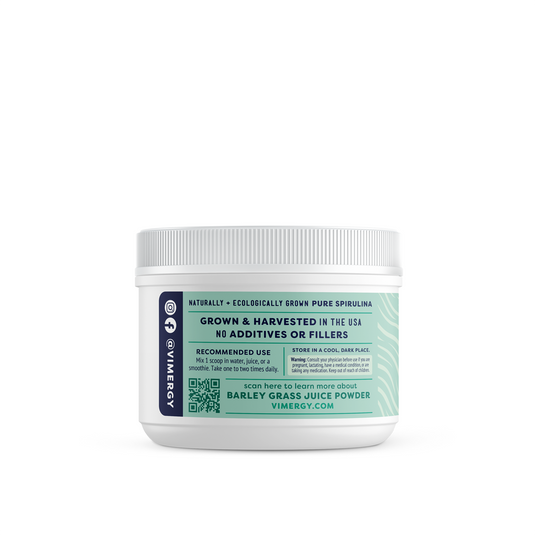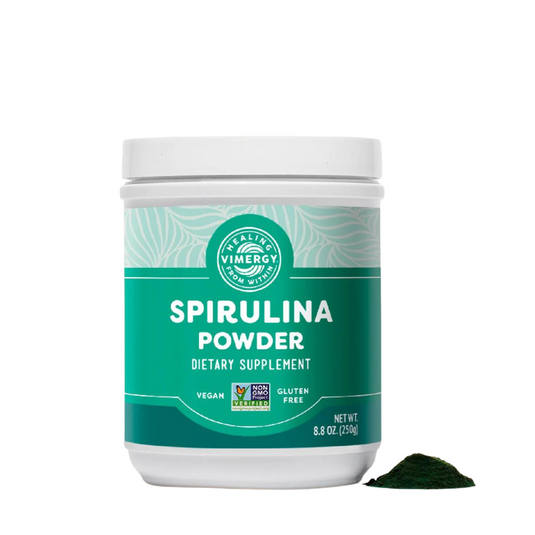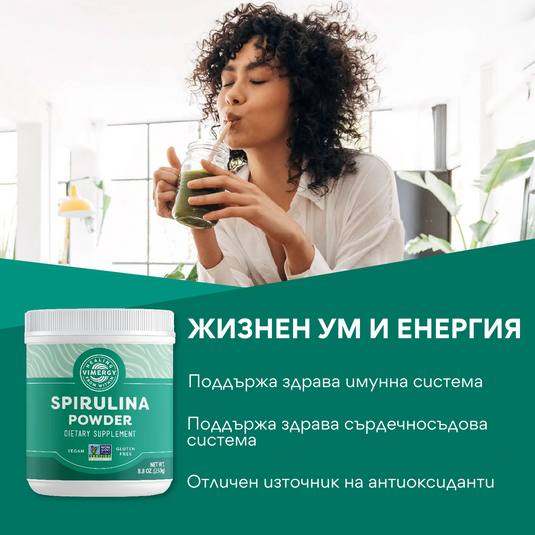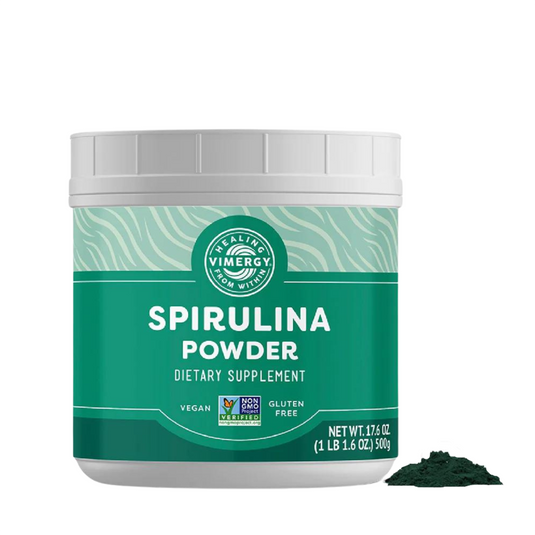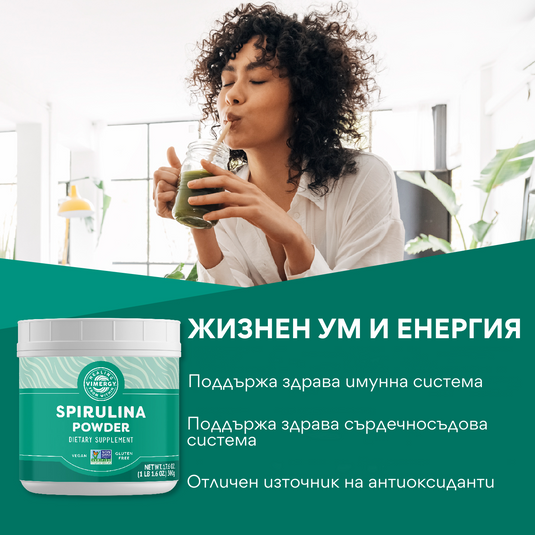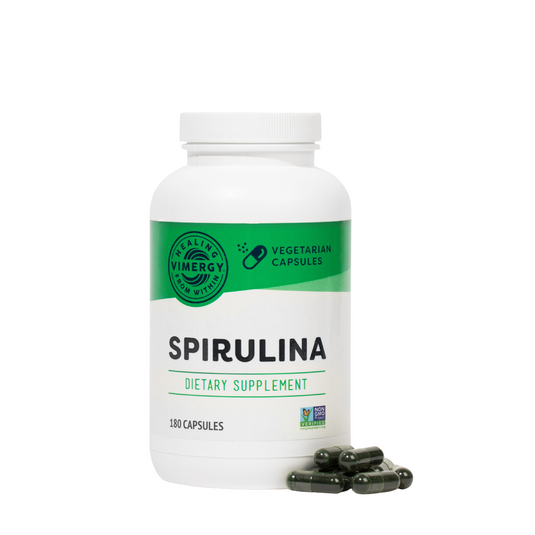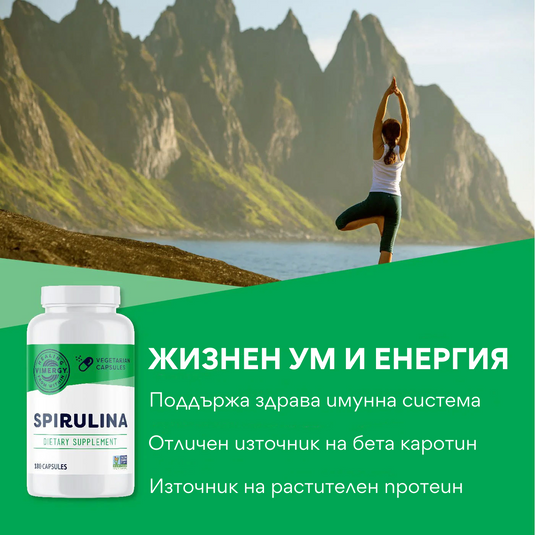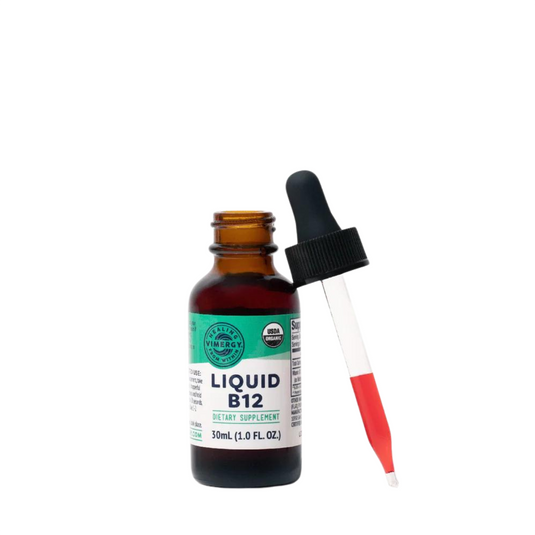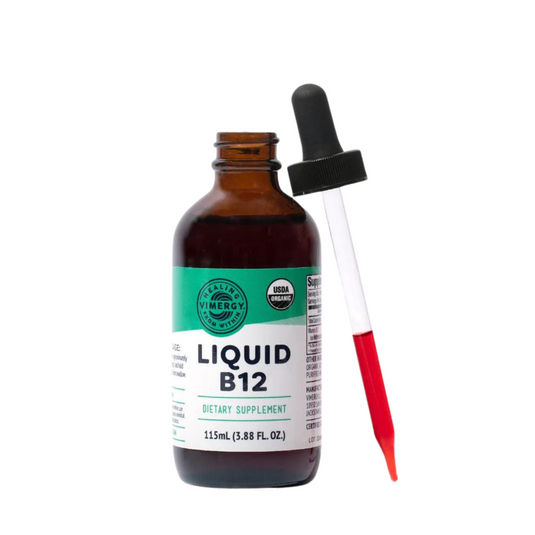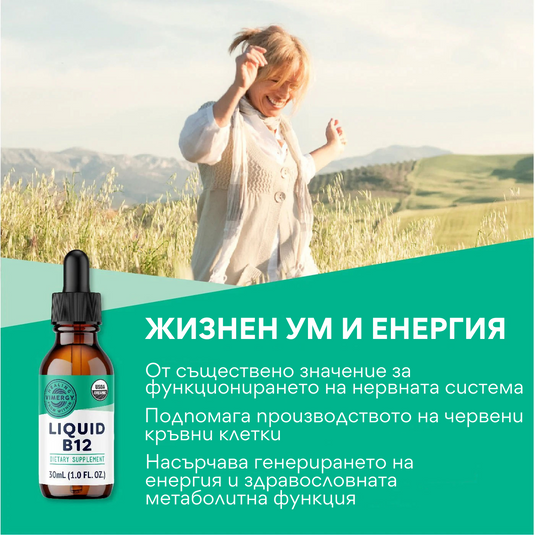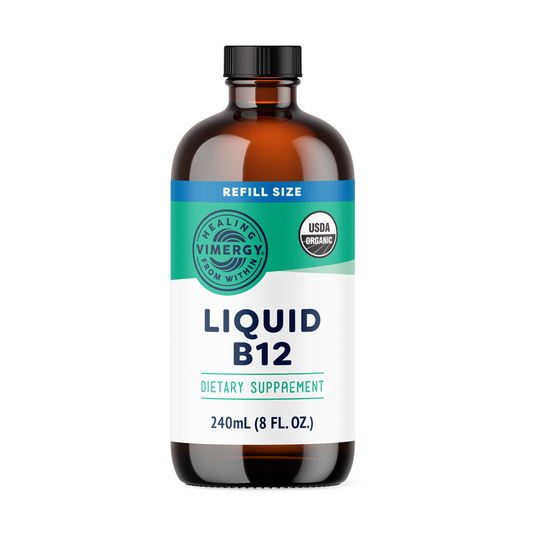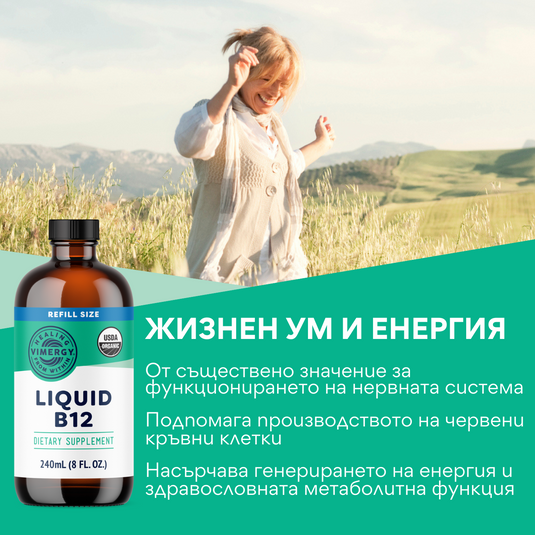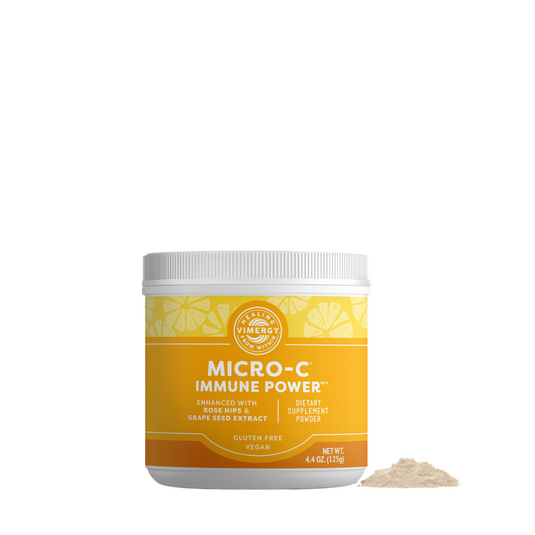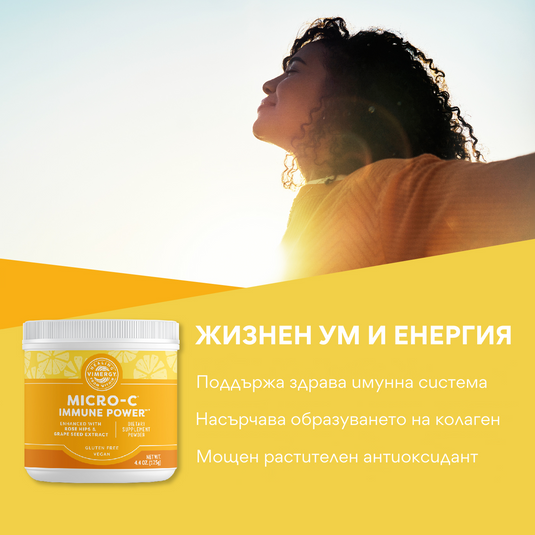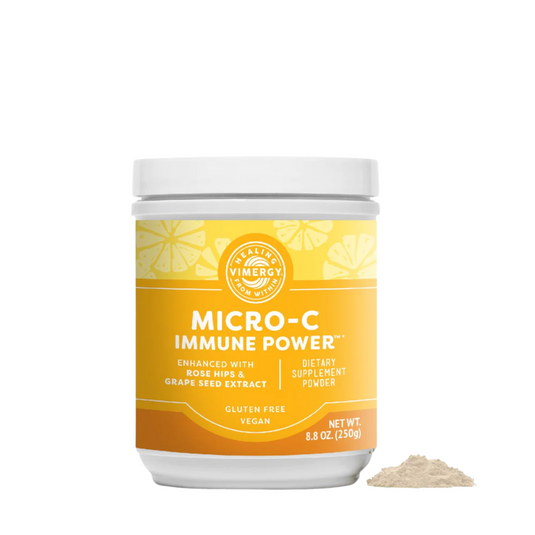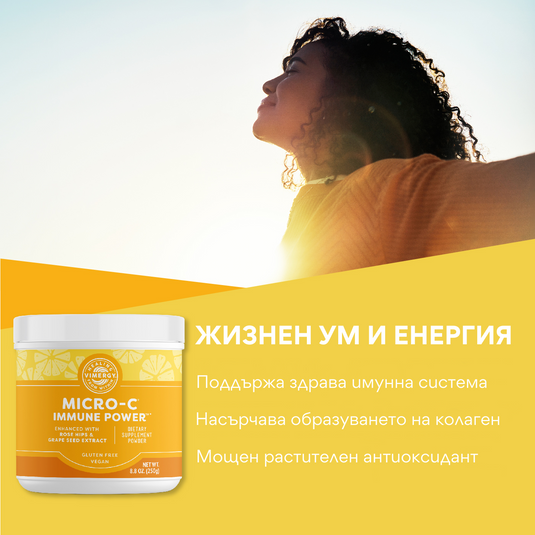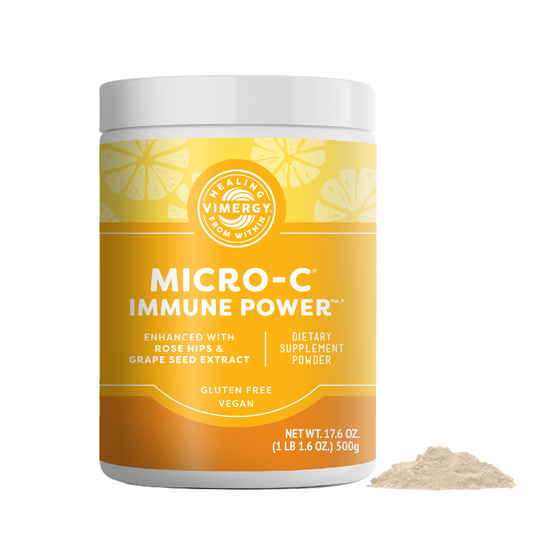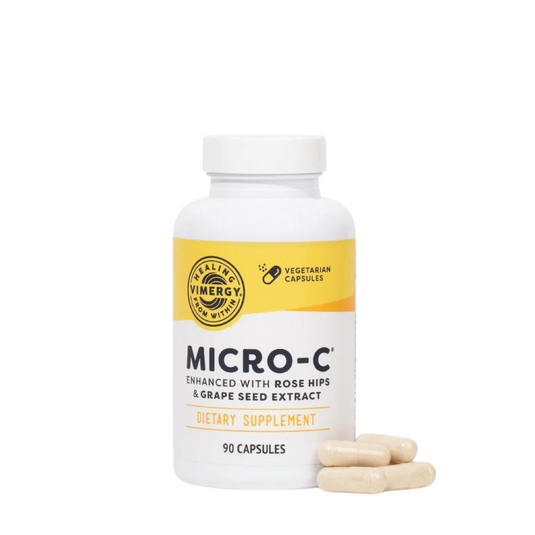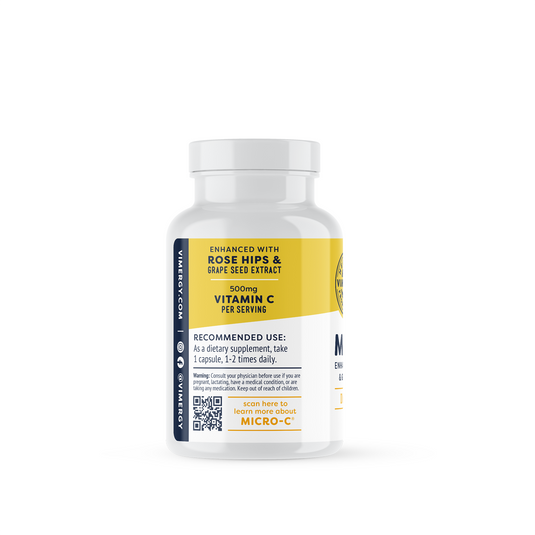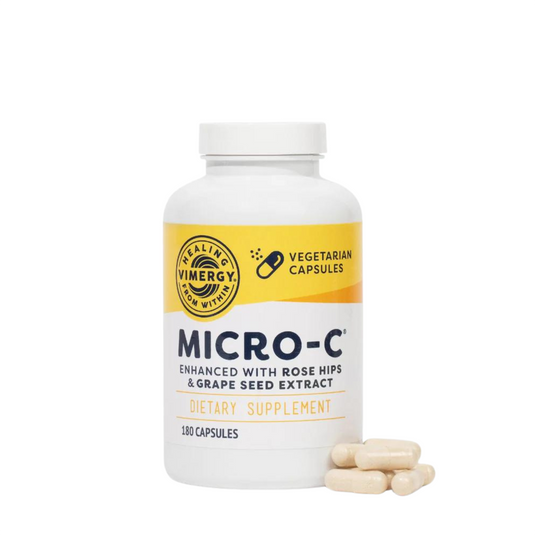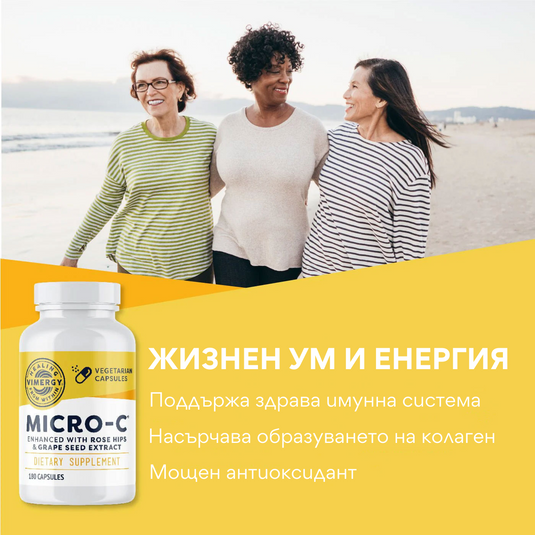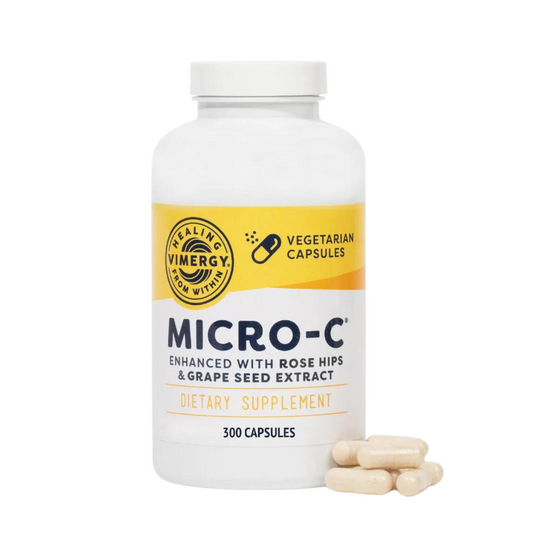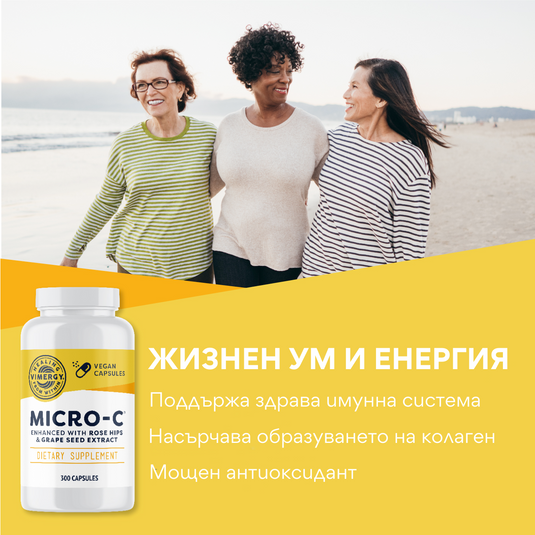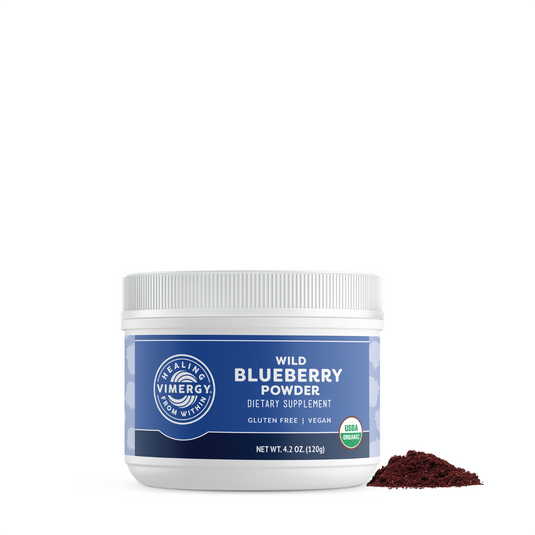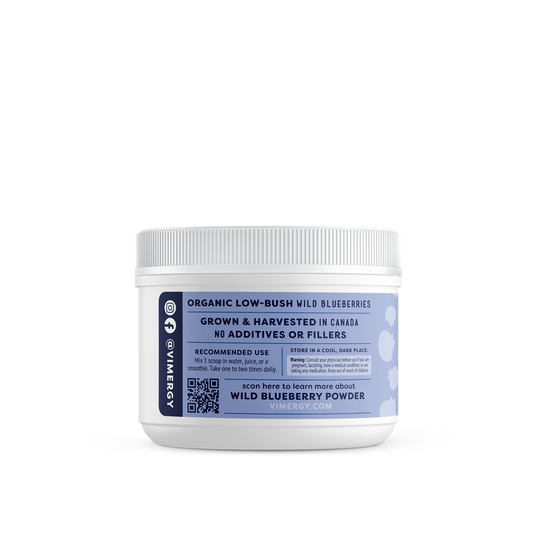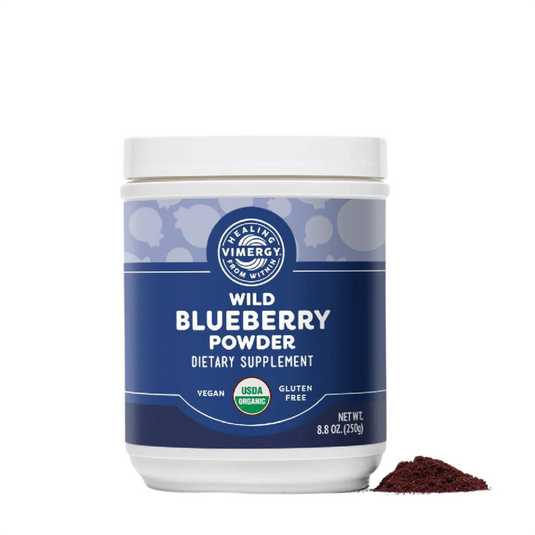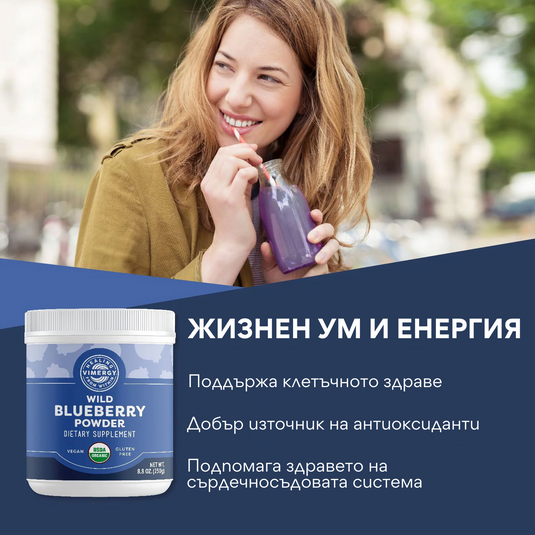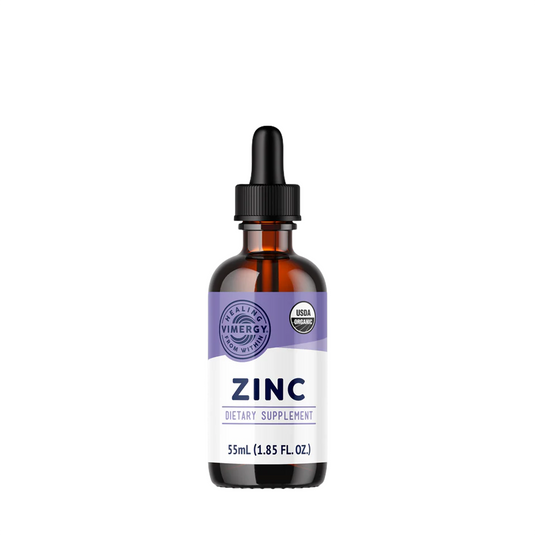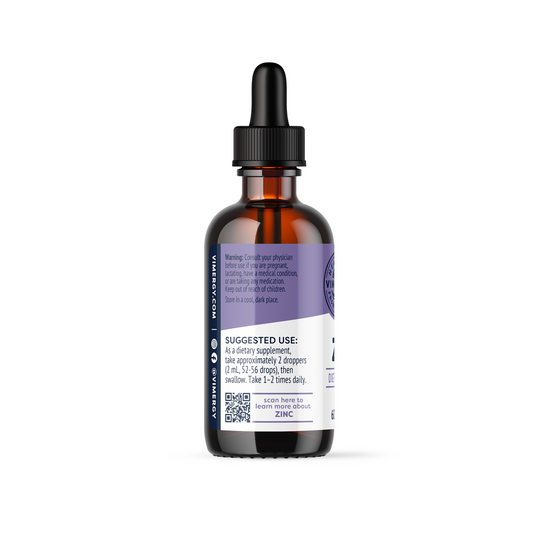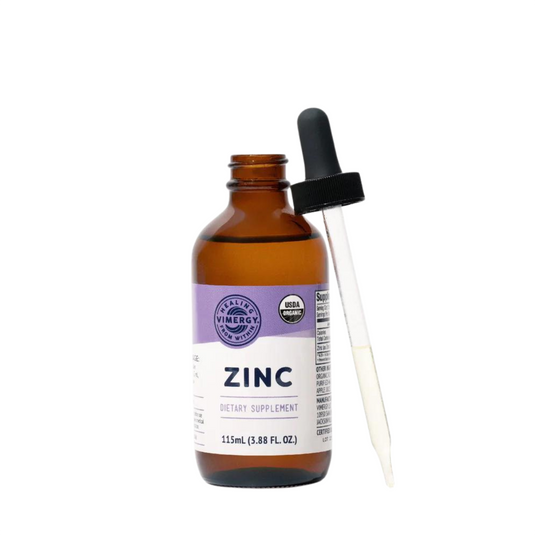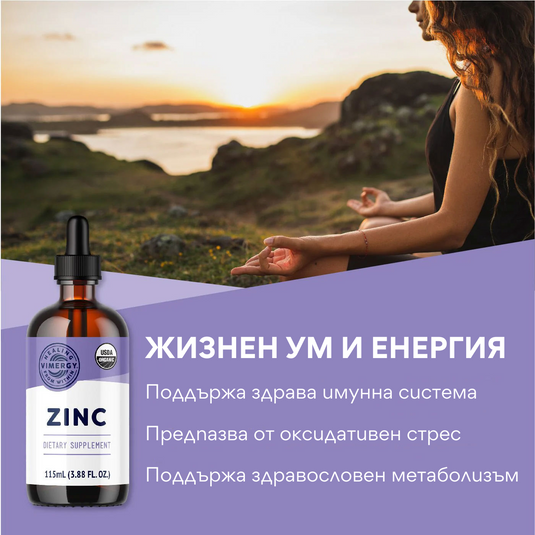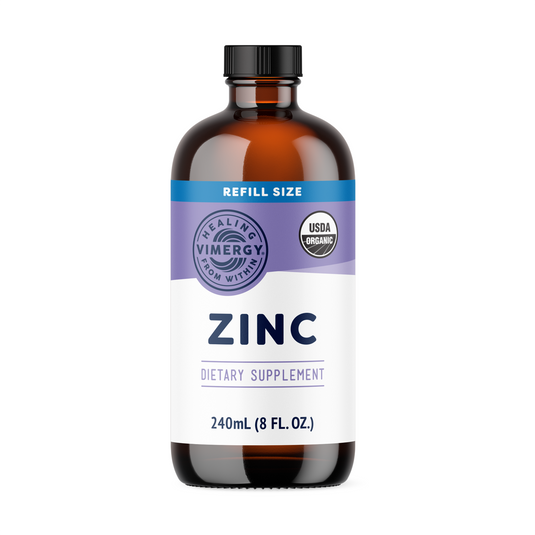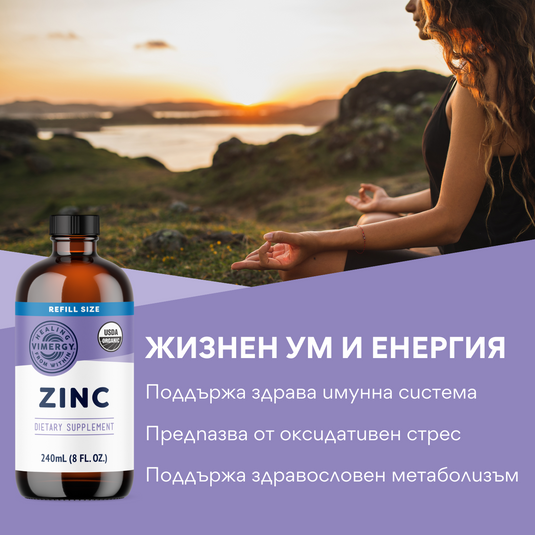When it comes to cholesterol, as well as blood pressure, we often think of it as all about the heart and cardiovascular system. We know the terms HDL (high-density lipoprotein), LDL (low-density lipoprotein), VLDL (very-low-density lipoprotein), although there are many more varieties of proteins, triglycerides, and lipoproteins that medical research and science have yet to discover. We imagine hardening of the arteries and plaque in the heart valves, and rightly so.
How does it start? It can't just pop up out of nowhere. You don't wake up one morning with high cholesterol because the cholesterol fairy visited you in the night and, instead of replacing your tooth with a coin, replaced your peace of mind with a prescription for statins. High bad cholesterol, or even low good cholesterol, has to come from somewhere.
Medical research and science explain the mystery by stating that in addition to the high-cholesterol foods we eat, our bodies also create this problematic cholesterol. This is a simple explanation that should reassure us. It is true that if you eat less fried foods, butter, and cheeseburgers, it will improve your life and cholesterol levels. At the same time, unexplained high cholesterol levels are a much bigger and more complex problem than the medical community realizes.
The role of the liver in cholesterol
High cholesterol is directly related to the liver, the organ responsible for balancing, regulating, storing, organizing, and other important processes. You already know that no matter how hard it works, it becomes exhausted while taking care of us around the clock if it doesn’t have a chance to recover. One of the casualties is cholesterol regulation. The liver’s remarkable chemical function of producing the so-called good cholesterol (HDL) begins to weaken. The organ becomes overloaded with fat, whether from healthy or unhealthy sources, and it can no longer maintain its production functions of good cholesterol. Nor can it handle the so-called bad (LDL) cholesterol.
Imagine you're on a long road trip and after driving all day and all night, you're exhausted and can't go any further. In desperation, you start looking for a roadside establishment that's still open. At 3 a.m., when you finally find it and pull into the parking lot, you see that the lights are being turned off inside. You sit in the car, tired and exhausted, but you decide it's worth a try. On the door, the waitress turns over a "CLOSED" sign with a note underneath: "We'll be open late tomorrow."
You knock just in case and she opens the door with the words:
– I'm sorry, but the kitchen is closed at night.
You look behind her, you see employees inside, cleaning and tidying up for the next day.
"People are still working. Is there really nothing you can offer me?"
Like the night shift at this establishment sweeping the floors, taking out the trash, wiping the windows, making sure there's enough oil for tomorrow, and cleaning the dirty restrooms, your liver is too busy regulating and holding back the bad cholesterol that would otherwise start to saturate your blood and cardiovascular system. It's consumed by cleaning, storing, and reorganizing in its desperate need to protect you. For years, even decades, it struggles to keep bad cholesterol in check. It never gets a pat on the back and a compliment: "Hey, buddy liver, good job!" It never gets recognition, praise, or a medal for its achievement. It is forced to endure the fact that we do not understand its limits and we ourselves reach the edge of ours, making it make even greater efforts. The liver is like the waitress who takes pity on us after our long journey and promises to find us a piece of bread and butter after the tasks in the restaurant are completed.
When we choose foods that increase good cholesterol, the liver stores their components, knowing that it will most likely face a series of days in which we will choose high-fat foods that will burden and weaken it, disrupting the basic chemical functions of good cholesterol, allowing bad cholesterol to take over. When we consume foods rich in bad cholesterol, our liver first tries to neutralize it, without eliminating it completely, because bad cholesterol in the blood does not cause damage as long as it moves freely - it is not the cause of heart disease. The liver prefers to release it throughout the body as a warning signal or a message written on the wall of an ancient pyramid, which one day we may stop misinterpreting and instead decode its true meaning: "HELP." However, the liver has the responsibility of trying to deal with the excessive amount of bad cholesterol, so although it releases a lot of it into the blood, another part retains it, storing it in the hope that one day it will have the opportunity to expel it from the body through the blood, kidneys, or intestinal tract.
We all have our dreams and aspirations – so does the liver. Its dream is to keep us safe. It knows that this dream may not come true. Yet it keeps fighting. If the liver becomes stagnant, burdened by the invasion of toxins, viruses and/or bacteria , it cannot release the small fatty deposits of bad cholesterol. The dream dies. Instead, these cholesterol deposits join all the other fat cell deposits in and around the liver. These are fatty deposits that come from a diet high in fat – again, whether it’s good fat or bad fat. If you think your diet isn’t, let me remind you that “high in fat” is the same as “high in protein.” Now maybe you’ll understand. Regardless of what your trainer says, regardless of how seemingly healthy your diet is, high protein turns into high fat, which will slowly lead to fatty liver (which can easily go unnoticed), which will also raise your cholesterol.
Cholesterol levels are not determined by weight, they depend on whether the liver is in a state of reduced function or steatosis. This is another example of a person being in good shape, taking care of their physical health by making seemingly healthy food choices, and yet having elevated bad cholesterol or low levels of good cholesterol. It is possible for a person to be thin and still have high cholesterol. If she or he has a fatty liver, full of toxins and pathogens that have accumulated in it over time, regardless of that person's weight, the liver will reach a point where it can no longer store cholesterol and other fats - good or bad - and will not be able to produce good cholesterol. So the excess bad cholesterol will continue to be carried around in the blood, neutralized, disorganized, and with nowhere to go. Eventually, it will build up in places like the heart and arteries and cause the problems we associate with high cholesterol.
This does not mean that medications such as statins are the solution. While statins can reduce bad cholesterol in your blood, the liver problem remains unsolved. Statins are the best creators of false effects that appear and disappear, but do not help you. Consider one of the principles of magic tricks - nothing ever really goes away. So when a statin makes bad cholesterol seem to disappear, it does not really go away. Where did it go? The drug forces cholesterol to quickly start sticking to the heart and blood vessel walls. It is better for it to remain free-floating as a warning sign that a liver problem is developing, which can lead to cardiovascular disease.
The liver knows that if bad cholesterol can't be controlled, it's better to keep it free-flowing than to head for the heart and arteries. High blood cholesterol alone doesn't cause strokes and heart attacks, as the medical community believes. The truth is that they are the result of increased blood fats, which come from a diet rich in fat and protein, not enough omega-3 fatty acids and antioxidants, combined with too many omega-6 fatty acids and their dysfunctional cousins (fatty acids mixed with the wrong ingredients, heat-treated at high temperatures, and mutated during cooking techniques like frying). These fats and fatty acids attach to the walls of the cardiovascular system and accumulate there, because in the meantime the liver becomes weaker and produces less bile, which would otherwise break down fats. Higher levels of fat in the bloodstream make it harder for normal blood flow, so when someone gets a small, common viral or bacterial infection in the blood, there isn't enough room in the blood vessels for it to clear up naturally. As a result, clots can form or larger infections can develop due to lack of oxygen, which can then travel further, in some cases to the brain. Statins trap free-floating cholesterol that doesn't stick to the walls of the cardiovascular system and cause it to mix with free-radical fats. The combination of these creates plaque in these areas and accelerates the development of cardiovascular disease.
The path to improvement
Long before you see any noticeable signs of plaque or hardening of the arteries, the liver condition that ultimately causes them is developing. This means you can stop a cholesterol problem long before it starts. Protecting yourself from high cholesterol means learning to take care of yourself and your liver. It's better not to have to knock on your liver's door after it's closed to beg it to do something extra. You need to be active and moderate to enjoy a long life. If you've already been diagnosed with a cholesterol or plaque problem, fear not - treatment is very easy. Incorporating the right foods and taking care of your liver with other techniques, such as nutritional supplement protocols, can improve these problems.
Healer Medium's Supplement Protocol for High Cholesterol
Real cause: A stagnant and fatty liver from multiple toxins and pathogens, as well as a prolonged diet high in fat and protein, which causes the organ to lose its ability to create good cholesterol and store bad cholesterol.
- Fresh celery juice: up to 1 liter daily;
- Aloe vera: 5 or more centimeters of fresh gel (with skin removed) daily;
- Amla fruit: 2 tsp. daily;
- Barley grass juice powder : 2 tsp daily;
- Coenzyme Q10: 2 capsules daily;
- Curcumin : 2 capsules daily;
- Omega-3 EPA and DHA (fish-free) : 1 capsule daily (taken with dinner);
- Ginger: 2 capsules, 1 cup of tea with 2 bags or freshly grated or juiced daily;
- Milk thistle : 1 dropper daily;
- Mint: 1 cup of tea daily;
- Spirulina : 2 tsp. daily;
- Vitamin B12 (as adenosylcobalamin with methylcobalamin) : 1 dropper daily;
- Vitamin C : 4,500-milligram capsules or 2 tsp liquid liposomal daily;
- Wild blueberry powder: 2 tablespoons daily;
- Zinc (as liquid zinc sulfate) : up to 1 dropper daily.
The article is an excerpt from Anthony William's book "Help for the Liver" , and the protocol with nutritional supplements is from "Cleansing for Health" . More detailed information about this and other problems and conditions can be found in the books that you can purchase from prirodnik.com
